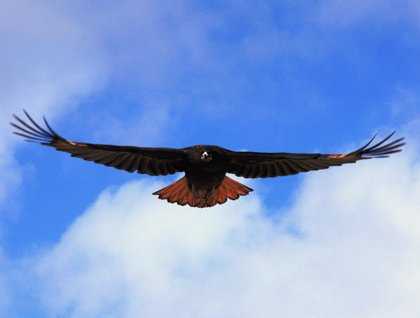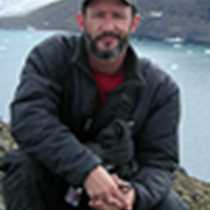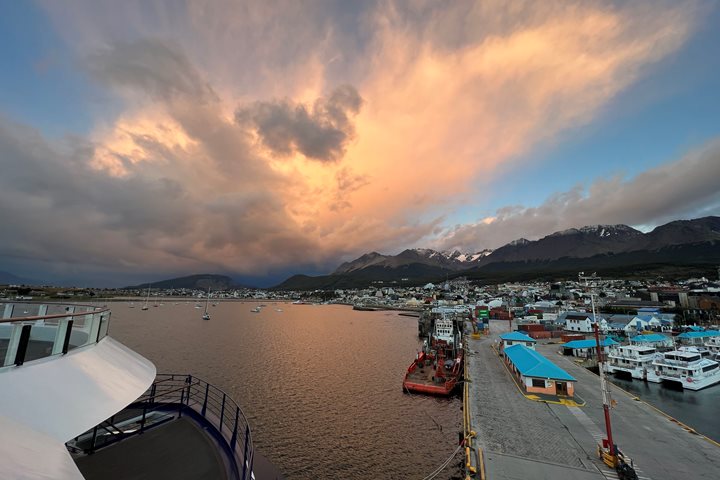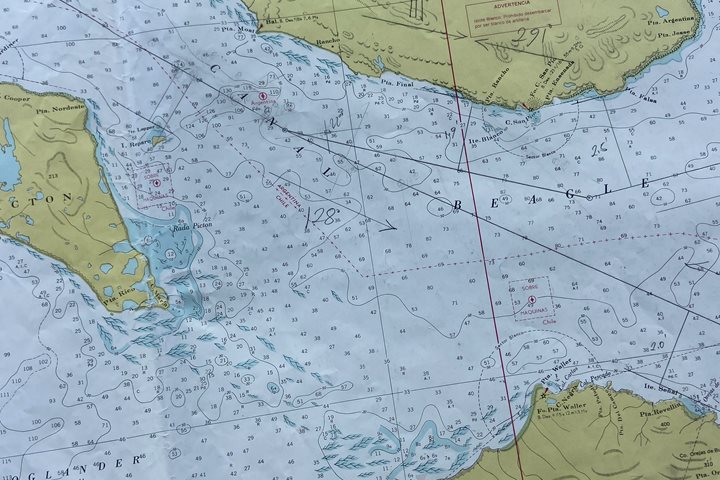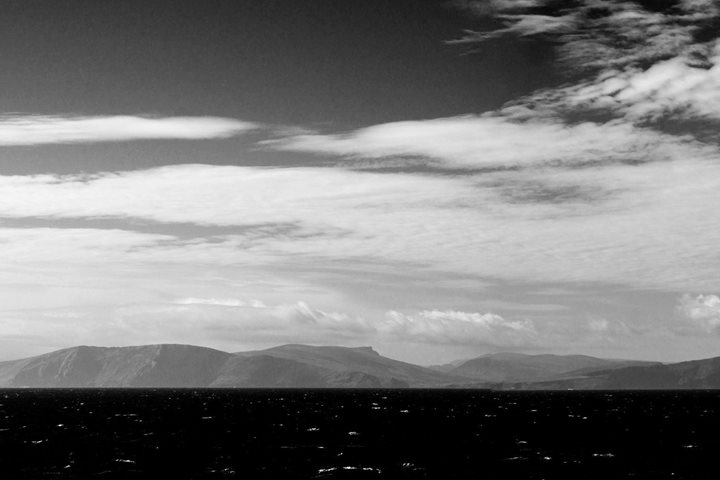The Falkland Islands are a group of over 700 islands that surround two major islands which lie due east of Tierra del Fuego, Argentina. Most people know of the conflict between Argentinian and British forces in 1982 after the Argentinian government sent the military to take the islands from the inhabitants. There is much more to the Falklands than that conflict. Many of the outer, rat-free islands are major breeding centers for many species of seabird. Albatross, petrels, ground birds, penguins, shags, ducks, geese, shorebirds, and raptors all nest here.
This morning we visited one of many beaches on New Island. The island was owned by two families, who have since moved off the island and a trust has taken over management of the island and its wildlife. In the morning we landed at Ship Harbour for a leg-stretch walk up the hill in search of a fur seal colony. Once the group was reoriented in the correct direction, the colony was found below them on the north side of the island. The weather turned very nice and many people decided to spend the late morning in the exposed tidal flats along the beach.
After lunch information about disembarking the ship was given out and then one last outing was offered at South Horbour. After a short, flat walk to the exposed cliffs of quartzite, three groups of birds were seen. The king cormorants are near the end of their breeding season and a few adults were feeding their full-sized chicks. The black-browed albatross chicks were also fully developed in size, but were working on their flight feathers and flight muscles. The rockhopper penguins were done nesting but the adults were still present as they are now in the process of molting and growing a new set of feathers for the winter. The ever-present Johnny Rooks, or striated caracaras, were soaring overhead just in case some food or a shiny object was dropped.
It was a great last landing on an extraordinary expedition ranging from Antarctica to South Georgia and the Falklands.

